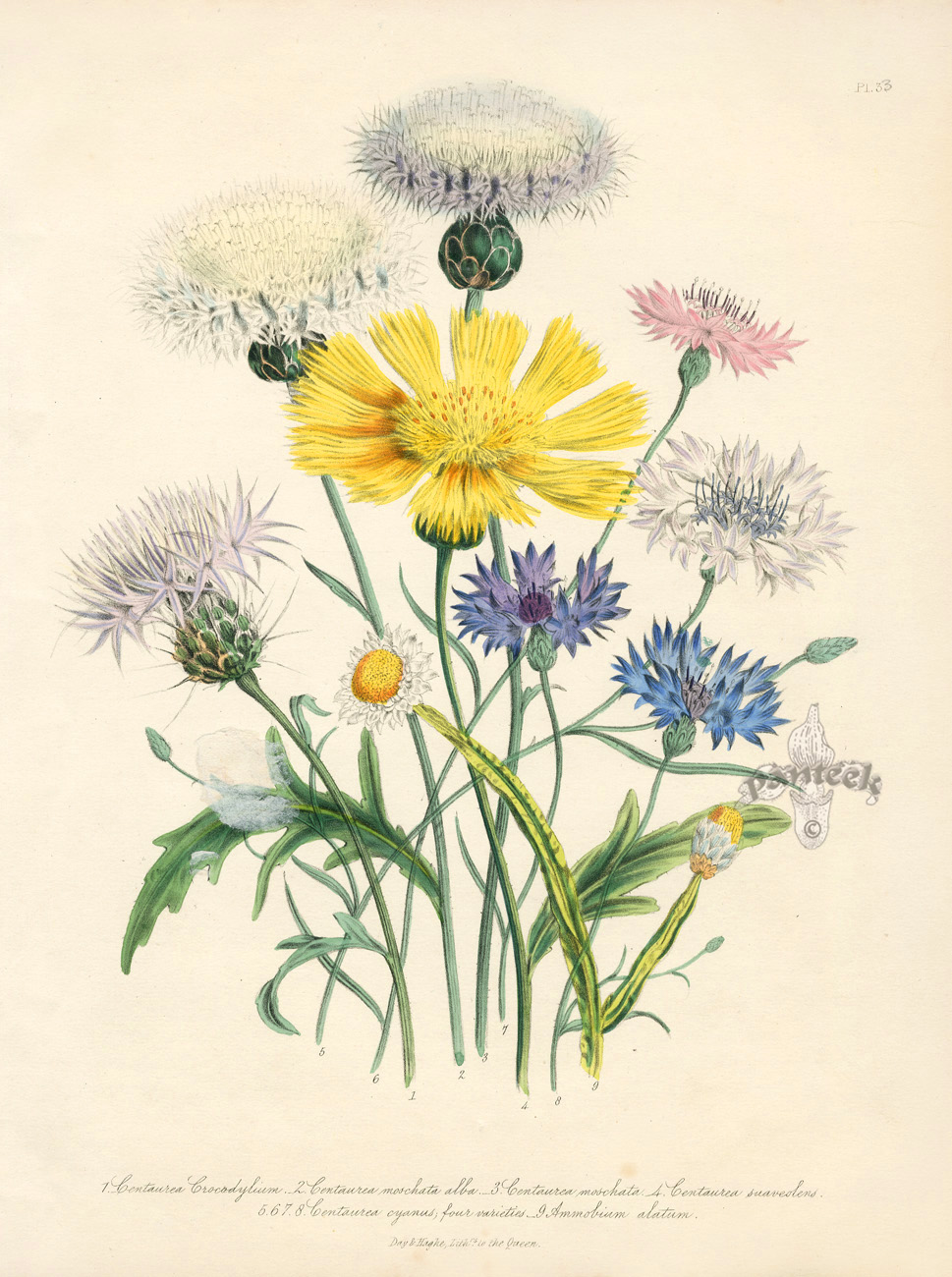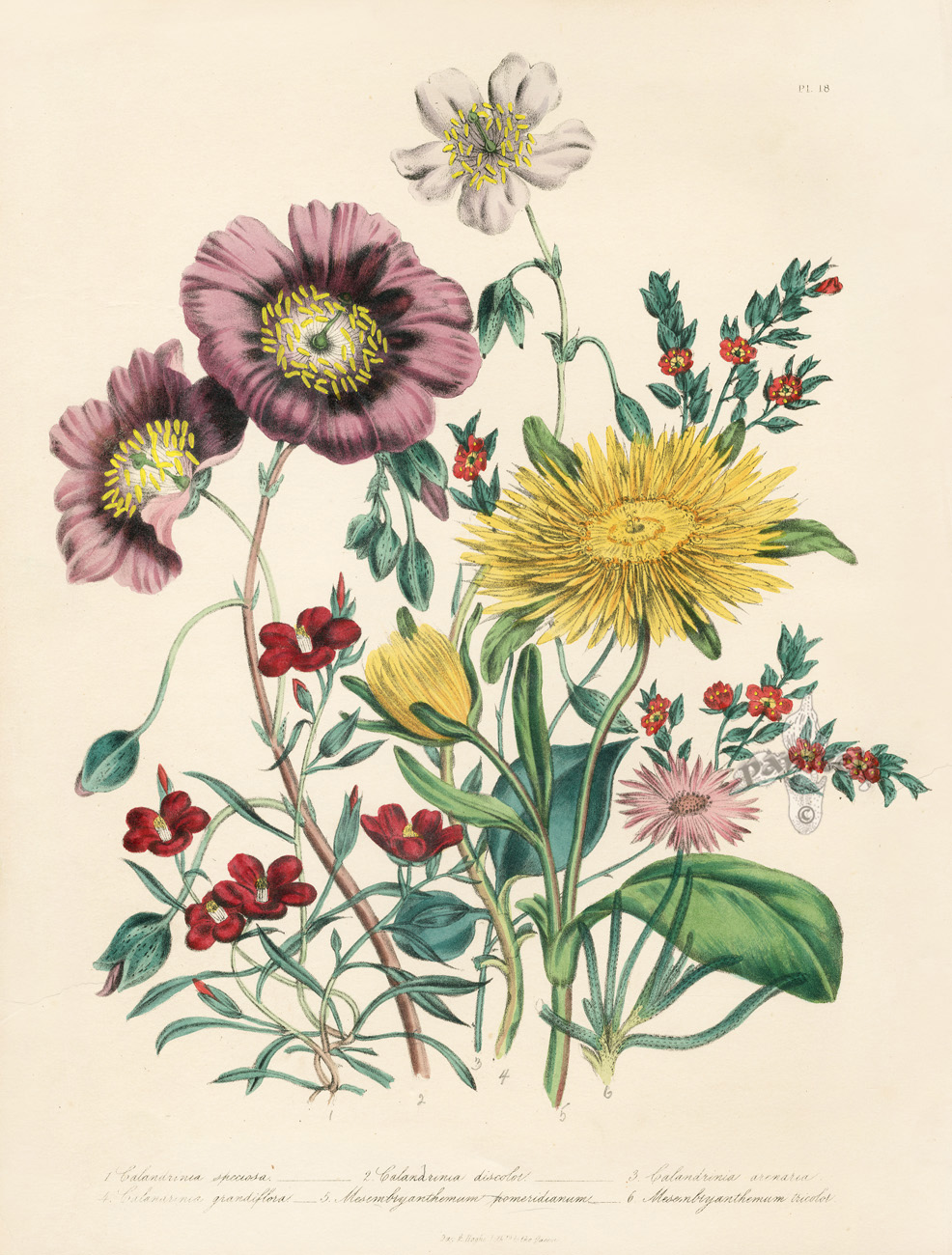
The Mummy! makes for an excellent study in the historical strengths and limitations of science fiction as a genre. It also meant the simultaneous rot of her budding career as an authoress of science fiction, a career path she had turned to when financial desperation in the wake of her father’s death demanded she find an enterprise. This liaison led to the blossoming of Webb’s fascination with gardening and the useful entry-level gardening advice books that came of it. The mutual acquaintance had unwittingly played matchmaker: Loudon and Webb hit it off, despite their age gap of twenty-four years, and were married eight months after their first rendezvous. Loudon would become intrigued by the author behind the ingenuity, discovering her to be an authoress only after a mutual acquaintance arranged a meeting face-to-face. Take, for example, a machine that draws down rainclouds for the express purpose of sparing you backbreaking hours with the watering can, or an automated, steam-powered lawnmower that I envision functioning a little like a coal-munching Roomba for your lawn. He was intrigued by the anonymous author’s descriptions of inventive technologies that would serve him and his peers in their careers. Loudon, a one-armed recovered opium addict and landscape architect.

When it was published in 1827, The Mummy! caught the attention of John C.

When compared to most well-known nineteenth-century science fiction, The Mummy! is short on plot and strength of prose but when read on its own merits, from the perspective of a historian or author, this oft-overlooked title has a lot to show us. Webb wrote the The Mummy!: Or a Tale of the Twenty-Second Century when science fiction was still a toddler, very shortly after Mary Shelley’s Frankenstein helped to build the very nursery in which the genre would gain its legs.

Kitwell House, where Jane imagined the 22nd century.


 0 kommentar(er)
0 kommentar(er)
